https://scholar.google.com/citations?hl=en&user=PkTFTiQAAAAJ
Here’s the story of how we discovered the Metis defense system 👇
www.biorxiv.org/content/10.1...

Here’s the story of how we discovered the Metis defense system 👇
www.biorxiv.org/content/10.1...
www.science.org/doi/10.1126/...

www.science.org/doi/10.1126/...
This engineering strategy with synthetic inhibitors could yield more powerful phages than natural inhibitors, since the latter sometimes trigger other defense systems..
Our approach allows silencing defense systems of choice. We show how this approach enables programming of “untransformable” bacteria, and how it can enhance phage therapy applications
Congrats Jeremy Garb!
tinyurl.com/Syttt
🧵

This engineering strategy with synthetic inhibitors could yield more powerful phages than natural inhibitors, since the latter sometimes trigger other defense systems..
Paper by @reneechang.bsky.social in @cp-molcell.bsky.social on a nucleotide sponge www.cell.com/molecular-ce...
and preprint by @doudna-lab.bsky.social on viral nucleases www.biorxiv.org/content/10.1...

Paper by @reneechang.bsky.social in @cp-molcell.bsky.social on a nucleotide sponge www.cell.com/molecular-ce...
and preprint by @doudna-lab.bsky.social on viral nucleases www.biorxiv.org/content/10.1...
www.cell.com/molecular-ce... #bacteriophage #MicroSky

www.cell.com/molecular-ce... #bacteriophage #MicroSky
www.nature.com/articles/s41...
Was fun to write this piece with Dina Hochhauser!
Here is a thread to explain the premises
1/

www.nature.com/articles/s41...
Was fun to write this piece with Dina Hochhauser!
Here is a thread to explain the premises
1/
We report in @science.org the discovery of a human homolog of SIR2 antiphage proteins that participates in the TLR pathway of animal innate immunity.
Co-led wt @enzopoirier.bsky.social by D. Bonhomme and @hugovaysset.bsky.social
www.science.org/doi/10.1126/...
We report in @science.org the discovery of a human homolog of SIR2 antiphage proteins that participates in the TLR pathway of animal innate immunity.
Co-led wt @enzopoirier.bsky.social by D. Bonhomme and @hugovaysset.bsky.social
www.science.org/doi/10.1126/...
Using AI-guided structural modeling, we find new families of viral proteins that sequester or cleave host immune signaling molecules
Congrats Nitzan Tal!
www.biorxiv.org/content/10.1...
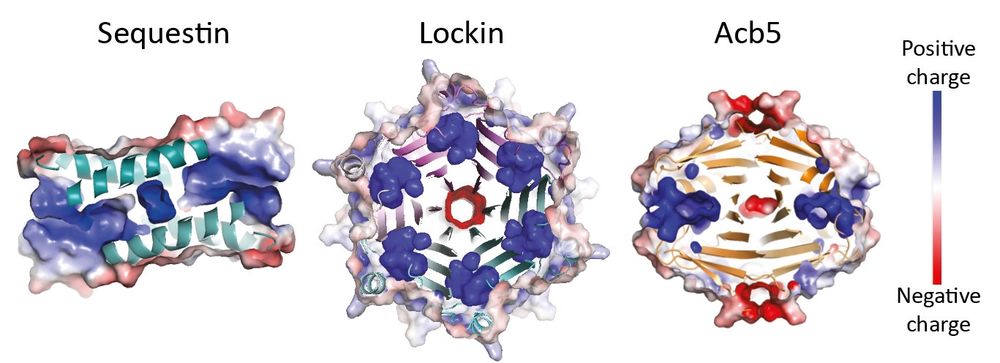
Using AI-guided structural modeling, we find new families of viral proteins that sequester or cleave host immune signaling molecules
Congrats Nitzan Tal!
www.biorxiv.org/content/10.1...
"There are trillions of cells in a human body and so the total number of somatic mutations acquired in a single individual may well exceed quadrillions, millions of times the size of the human genome."
@nature.com
nature.com/articles/s41...
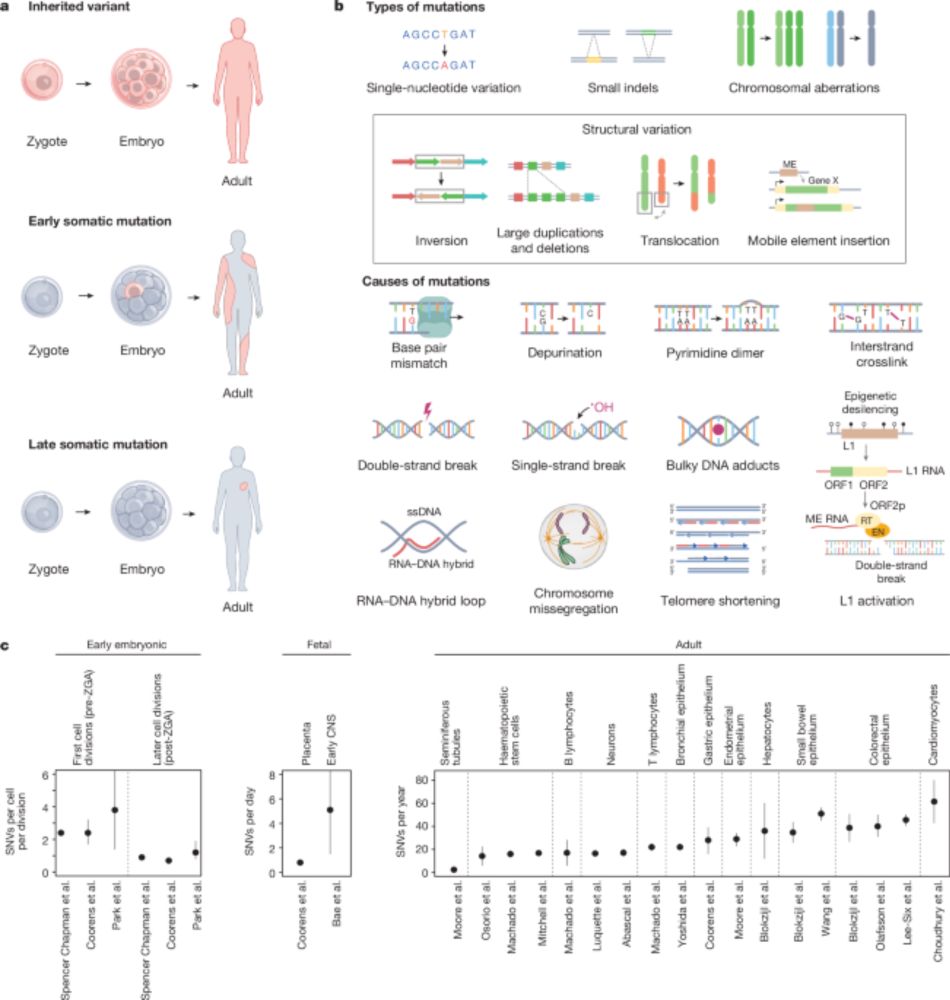
"There are trillions of cells in a human body and so the total number of somatic mutations acquired in a single individual may well exceed quadrillions, millions of times the size of the human genome."
@nature.com
nature.com/articles/s41...
plos.io/4koXP60
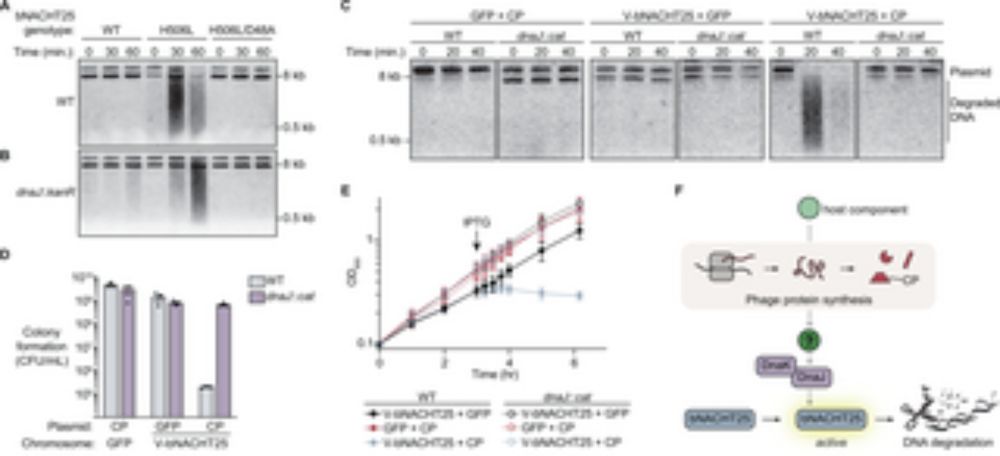
We show that a sub-lineage of 7th pandemic V. cholerae has acquired mobile genetic elements packed with phage defense systems—rendering it multi-phage resistant 😳 ..... 1/3
www.nature.com/articles/s41...

We show that a sub-lineage of 7th pandemic V. cholerae has acquired mobile genetic elements packed with phage defense systems—rendering it multi-phage resistant 😳 ..... 1/3
www.nature.com/articles/s41...

🧑🔬 @gozdemerveturksoy.bsky.social, @tonnigrubeandersen.bsky.social, Stanislav Kopriva, et al.
📔 @mplantpcom.bsky.social
#️⃣ #PlantScience #PlantImmunity

🧑🔬 @gozdemerveturksoy.bsky.social, @tonnigrubeandersen.bsky.social, Stanislav Kopriva, et al.
📔 @mplantpcom.bsky.social
#️⃣ #PlantScience #PlantImmunity
A DNA-gated molecular guard controls bacterial Hailong anti-phage defence
Congrats Joel and Philip! Was a pleasure to contribute to this discovery together with Sarah Melamed
www.nature.com/articles/s41...
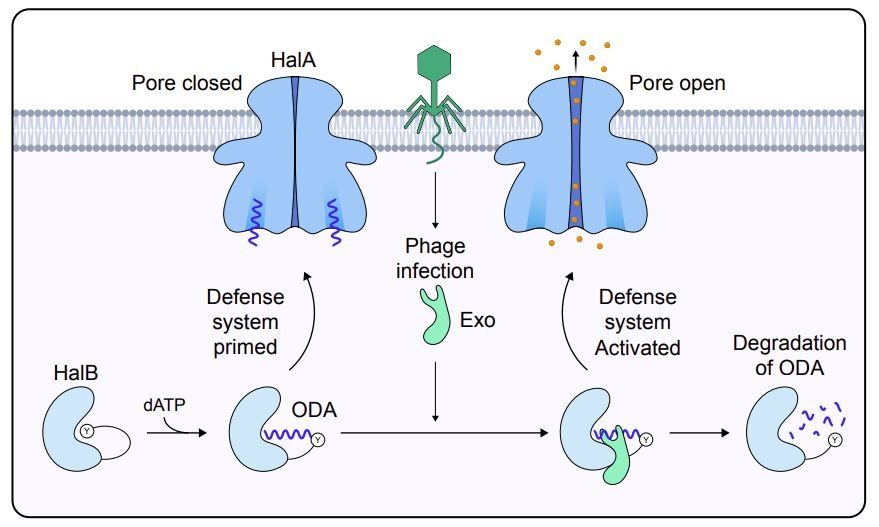
A DNA-gated molecular guard controls bacterial Hailong anti-phage defence
Congrats Joel and Philip! Was a pleasure to contribute to this discovery together with Sarah Melamed
www.nature.com/articles/s41...
Everything you need to know about centriole duplication, mitotic stopwatch and TRIM37-mediated cancer-specific vulnerabilities.
onlinelibrary.wiley.com/doi/10.1002/...

Everything you need to know about centriole duplication, mitotic stopwatch and TRIM37-mediated cancer-specific vulnerabilities.
onlinelibrary.wiley.com/doi/10.1002/...
#PhageSky
doi.org/10.1093/nar/...

#PhageSky
doi.org/10.1093/nar/...

We are back with another inspiring comic with Tinkle Magazine featuring cognitive and behavioural neuroscientist Dr Abhilasha Joshi! 🧠 🐀
Happy reading!
Download your free copy here: bit.ly/ncbsxtinklec...
@rhythmicspikes.bsky.social
#sciencecomics #womenscientists

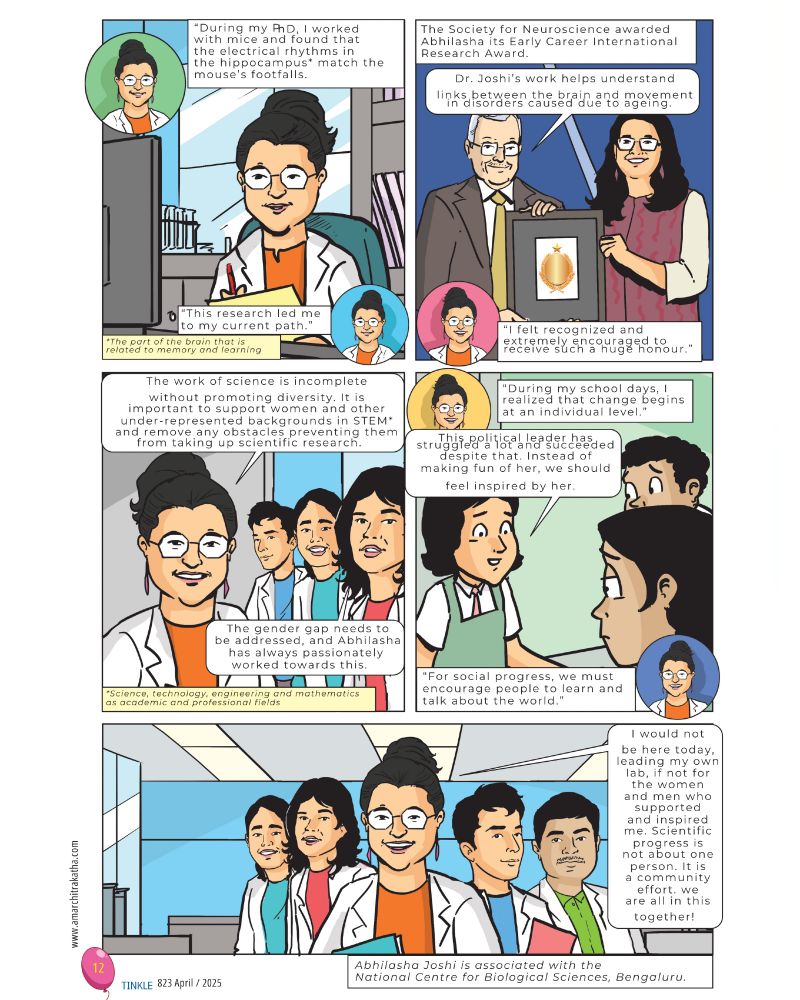
We are back with another inspiring comic with Tinkle Magazine featuring cognitive and behavioural neuroscientist Dr Abhilasha Joshi! 🧠 🐀
Happy reading!
Download your free copy here: bit.ly/ncbsxtinklec...
@rhythmicspikes.bsky.social
#sciencecomics #womenscientists

We found ubiquitous recombinases from cryptic prophages may invert DNA to form new, chimeric proteins that inhibit phages by blocking adsorption. Congratulations to Joy, Daniel, Rodolfo and Michael for their strong efforts.

We found ubiquitous recombinases from cryptic prophages may invert DNA to form new, chimeric proteins that inhibit phages by blocking adsorption. Congratulations to Joy, Daniel, Rodolfo and Michael for their strong efforts.

result number 10 will surprise you!🧪🧪🧪
@erinedoherty.bsky.social and I teamed up to understand the role and function of Cas10-relative, mCpol, and its role in antiphage immunity. For more, check out Erin's thread 👇
Check it out:

result number 10 will surprise you!🧪🧪🧪
@erinedoherty.bsky.social and I teamed up to understand the role and function of Cas10-relative, mCpol, and its role in antiphage immunity. For more, check out Erin's thread 👇

